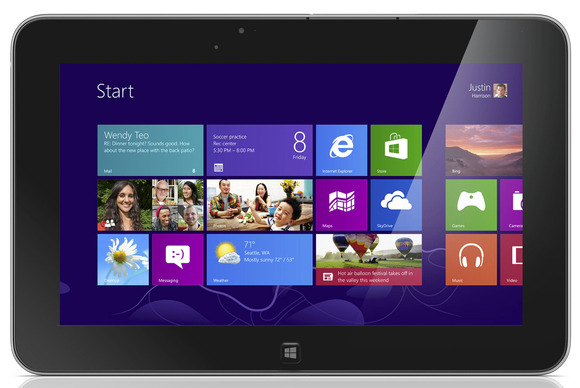Microsoft may well be close to launching a new version of its Windows RT tablet, but it’s continuing to roll out improvements to its current one in the meantime. The company has today begun pushing out a bunch of firmware updates for the Surface 2, bringing a range of fixes and improvements.
Microsoft lists seven updates for the Surface 2 today, including, in its own words:
Surface 2 UEFI update (v4.22.500) addresses case where the battery drains under the 0% level and will not charge.
System Aggregator Firmware update (v1.0.51500.0) increases the overall reliability and compatibility with a Surface Pro Type Cover.
Surface Platform Power Driver update (v2.0.716.0) adjusts the minimum charge current to address the case where the battery drains under the 0% level and will not charge, and enhances the overall system stability.
Surface Accessory Device update (v2.0.671.0) enhances the user experience with a Surface cover.
Audio and Display driver set (v9.17.13.2822) improves sound and video display performance, and resolves the case where a display driver caused system instability on resuming the system from sleep.
Surface Cover Click (v2.0.643.0) update enhances the user experience when connecting/disconnecting a Surface Pro Type Cover.
Surface Type Cover Filter Device (v2.0.682.0) adds support for a Japanese Surface Pro Type Cover on non-Japanese Surface 2 models.
As with all Surface firmware updates, these are being pushed to devices in stages, so if you don’t see them available immediately, sit tight and give it a bit longer before panicking.
The Surface 2 was the only one of Microsoft’s tablets to get some love today, but the company has promised that it “will release an update for Surface Pro 3 in the coming weeks to further improve Wi-Fi connectivity and include other fixes.” The Pro 3 has endured numerous issues with Wi-Fi performance since its launch.
via Microsoft rolls out Surface 2 firmware updates, promises Wi-Fi update for Surface Pro 3 – Neowin.










